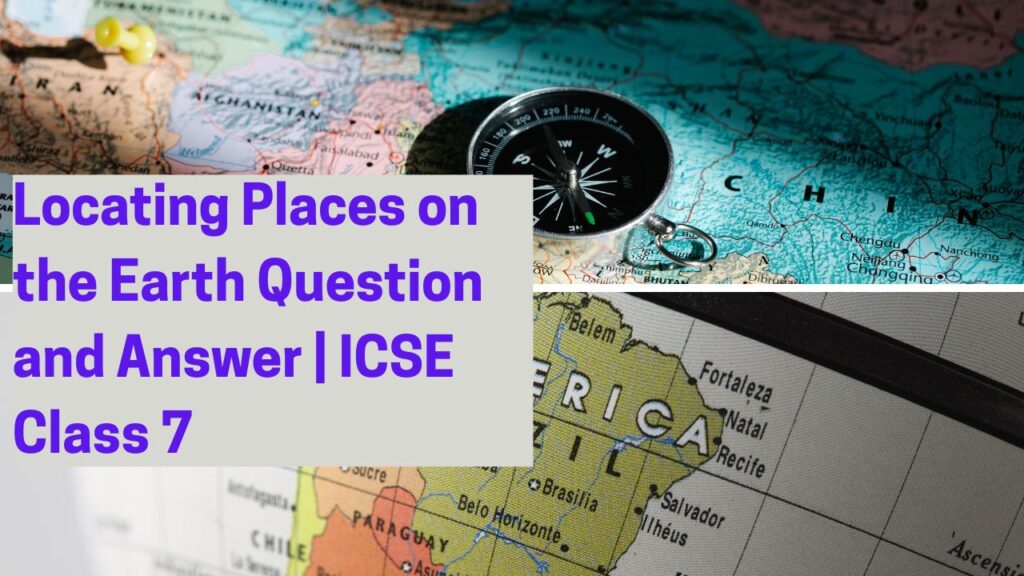This page contains key South America Resources ICSE Class 7 Questions and answers to help students understand the continent’s natural wealth. The chapter discusses important resources such as minerals, forests, water bodies, and agricultural products found in South America. These solved Q&As are designed to clarify concepts and support ICSE Class 7 students in exam preparation and classroom learning.
A. Write True or False:
- Hydroelectric projects are not so developed in Brazil: False
- An estancia is a large cattle farm in Argentina: True
- Mineral oil is found in the islands of Trinidad and Tobago: True
- The Atacama Desert is thickly populated: False
- The Transcontinental Railway of South America connects the northern part with the southern part of the continent: True
Read the essay Essay on My Vision for India 2047
Read the Question and Answer on The Chinese Civilization
B. Match the following:
- Cinchona → (b) Quinine
- Fish processing → (c) Peru
- Belem → (e) Sea port
- Fazenda → (a) Coffee plantation
- Yanomami → (d) Tribe
C. Give reasons for the following:
- The natural resources of South America are still untapped:
Ans: South America is rich in natural resources, but many remain underutilized due to factors like dense rainforests, difficult terrain, lack of infrastructure, and economic challenges. The Amazon rainforest, for example, contains untapped minerals, timber, and water resources, but environmental concerns and the difficulty of accessing these resources prevent large-scale exploitation. - The Pampas is called the granary of South America:
Ans: The Pampas region of Argentina and Uruguay is known as the granary of South America because it has fertile soil, a moderate climate, and vast open lands ideal for growing wheat, maize, and other grains. The region produces large quantities of cereals and livestock, making it an important agricultural hub.
D. Answer the following questions:
- Mention two ways in which the water resources of South America are utilized.
Ans:- Hydroelectric power generation – Many rivers, such as the Amazon and Paraná, are used for hydropower production.
- Irrigation and agriculture – Water from rivers and lakes is used for irrigating farmlands in Argentina, Brazil, and Chile.
- Hydroelectric power generation – Many rivers, such as the Amazon and Paraná, are used for hydropower production.
- Mention three causes for the under-exploitation and under-utilization of equatorial rainforests.
Ans:- Dense vegetation and difficult terrain, making access difficult.
- Lack of proper transportation and infrastructure to extract resources.
- Environmental concerns about deforestation and loss of biodiversity.
- Dense vegetation and difficult terrain, making access difficult.
- Name the food crops cultivated. Name two wool-producing countries of South America.
Ans:- Food crops: Rice, maize, wheat, cassava, and bananas.
- Wool-producing countries: Argentina and Uruguay.
- Food crops: Rice, maize, wheat, cassava, and bananas.
- Name two important countries of South America that produce copper, tin, and bauxite.
Ans:- Copper: Chile, Peru.
- Tin: Bolivia, Brazil.
- Bauxite: Brazil, Guyana.
- Copper: Chile, Peru.
- Name three agro-based industries of South America.
Ans:- Coffee processing (Brazil and Colombia).
- Sugar production (Brazil and Argentina).
- Meat and dairy industry (Argentina and Uruguay).
- Coffee processing (Brazil and Colombia).
- Distinguish between Mestizo, Mulato, and Zambo.
Ans:- Mestizo: A person of European and Indigenous (Native American) descent.
- Mulato: A person of European and African descent.
- Zambo: A person of African and Indigenous descent.
- Mestizo: A person of European and Indigenous (Native American) descent.
- Write a short note on the waterways of South America.
Ans:
South America has many important waterways that support transportation, trade, and agriculture. The Amazon River, the longest river in South America, is a major waterway for transport and trade. Other important rivers include the Orinoco, Paraná, and São Francisco Rivers. The Panama Canal connects the Atlantic and Pacific Oceans, facilitating international trade. Coastal ports such as Santos (Brazil) and Buenos Aires (Argentina) serve as major hubs for exports and imports.


